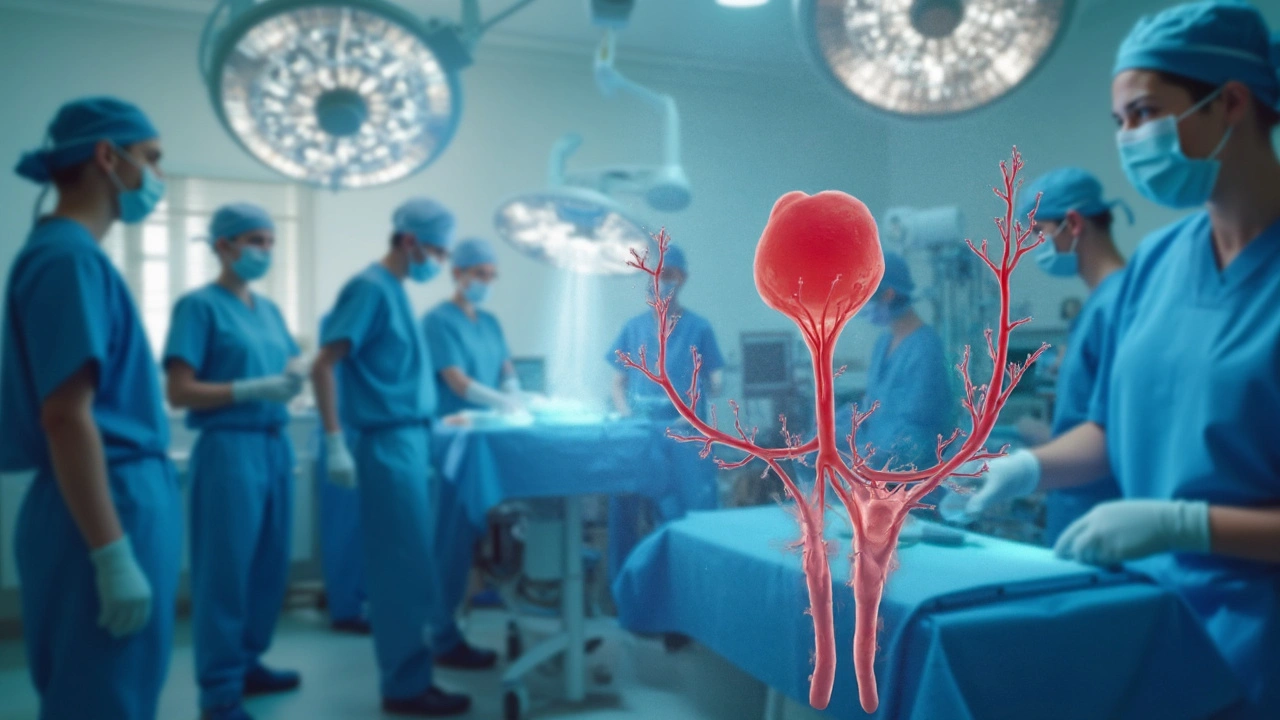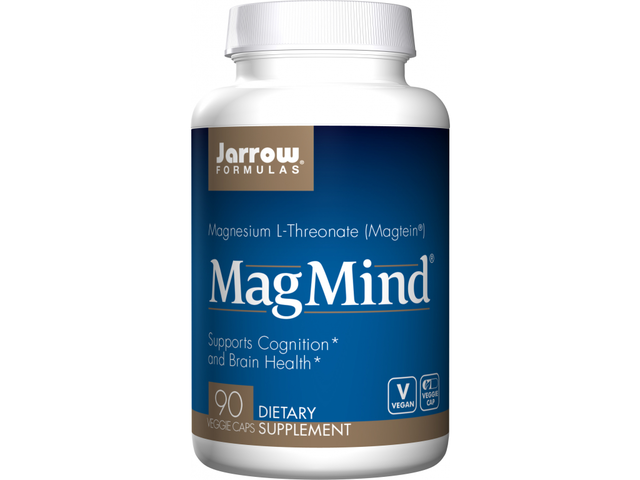Blood clots: signs, risks, prevention, and urgent steps
Blood clots happen when blood thickens and forms a solid mass inside a vein or artery. They can be harmless in small vessels, but clots in deep veins or the lungs can be dangerous fast. If you notice sudden leg pain, swelling, or a painful red warm area, treat it like a warning sign. For sudden shortness of breath, chest pain, fast heartbeat, or fainting, call emergency services right away. Acting fast can stop a small problem from becoming life threatening.
Deep vein thrombosis (DVT) usually affects a leg. Expect swelling, tenderness when you press, one leg warmer than the other, and visible veins. Pulmonary embolism (PE) happens when a clot travels to the lung. PE causes sudden breathlessness, sharp chest pain that worsens with breathing, coughing up blood, or feeling faint.
Know your risk. Long flights or car rides, recent surgery, broken bones, pregnancy, hormone pills, cancer, smoking, obesity, and a family history of clots raise the chance. Certain inherited genes like Factor V Leiden also increase risk. Age and chronic medical conditions add up. If you have multiple risks, talk to your doctor about prevention.
Prevention
Move often. On long trips stand up every hour and walk for a few minutes. Do ankle pumps while sitting. Stay hydrated and avoid heavy alcohol before travel. If your doctor advises, wear graduated compression stockings during long travel or while recovering after surgery. For people at high risk, doctors may prescribe blood thinners like warfarin or newer direct oral anticoagulants; follow monitoring advice closely.
Tests and treatment
If a clot is suspected, doctors use tests to check. D-dimer is a blood test that flags clotting activity but can be high for other reasons. Ultrasound Doppler is the usual test for leg clots. For lung clots, CT pulmonary angiography gives a clear answer. Treatment depends on location and size: anticoagulants to stop growth, clot-busting drugs in severe cases, and sometimes filters placed in the large vein if blood thinners are unsafe.
Tell every healthcare provider about blood thinners. Some over-the-counter pain relievers, supplements, and antibiotics change bleeding risk. If you start or stop a medicine, ask how it affects anticoagulant doses. Always carry a card or use a medical app that lists your drugs and clots history.
If you’re unsure whether a symptom is serious, call your doctor. For sudden severe symptoms—trouble breathing, chest pain, fainting—get emergency help now. Quick diagnosis and treatment reduce risk of long term damage. Keep a clear record of risk factors, surgeries, and any family history to speed care.
After a clot, follow-up matters. Regular blood tests check treatment, and imaging can confirm resolution. Watch for long-term signs like chronic leg pain, skin discoloration, or ulcers—these suggest post-thrombotic syndrome and need specialist care. Lifestyle changes—lose weight, quit smoking, control blood pressure and diabetes—lower future risk. Talk to a specialist if you plan pregnancy or major surgery to plan safe anticoagulant timing. Keep questions ready for each appointment and notes.

Does Anesthesia Cause Blood Clots? Facts About Surgery, Immobility, and Clotting Risk
Wondering if anesthesia causes blood clots? This article uncovers the real connection between anesthesia, surgery, and your risk of developing clots. Get straightforward answers, learn tips to lower clot risks, and see what really triggers clots after an operation. Using real-world examples and facts, we clarify what's myth and what's medical reality—no scare tactics, just useful knowledge.
Health and MedicineLatest Posts
Tags
- online pharmacy
- medication
- dietary supplement
- side effects
- online pharmacy UK
- medication safety
- mental health
- impact
- online pharmacies
- dosage
- skin health
- health
- pain relief
- dietary supplements
- massage therapy
- medication side effects
- eye inflammation
- health benefits
- mental health treatment
- thyroid medication




